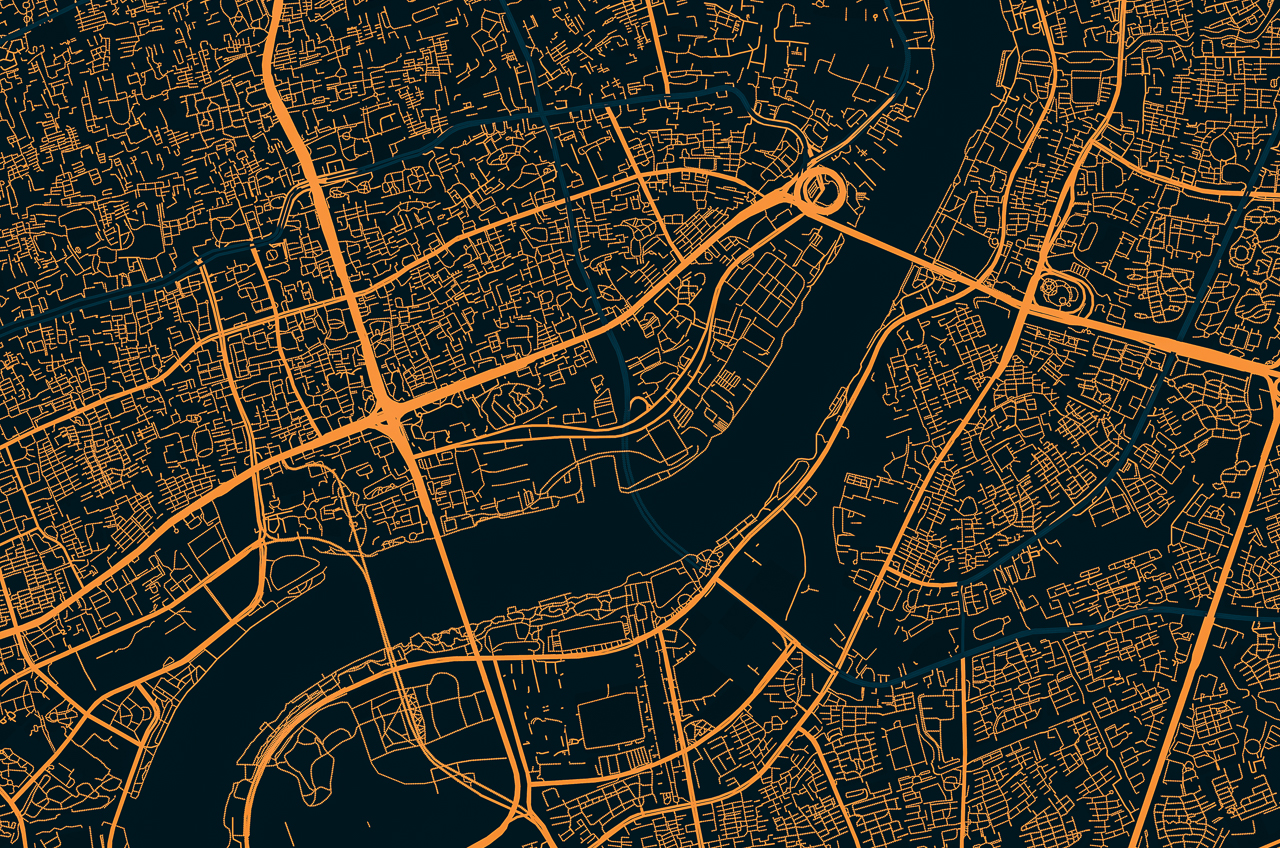Why this Cluster exists
Geospatial Analytics for the conservation and management of earths resources will work on a broad range of systems and resources of pivotal importance to society. These inter alia include:
- Forests (commercial and natural),
- Critical wildlife habitats (e.g. rainforests, grasslands, shrublands, mangroves, coastal dunes and beaches, urban and peri-urban),
- Microbial biogeography,
- Urban-natural interfaces (e.g. developed areas abutting marine shores and other critical ecosystems).
Big geospatial data originating from diverse earth observation platforms as well as sensors, together with geographic information systems (GIS), have greatly improved our ability to measure and monitor components of earth resources. However, the huge archive of information is rarely used to their full potential to address fundamental challenges to the sustainability of living in sensitive ecosystems.
Addressing real-world issues with such a huge repository of information offers a range of challenges that are associated with data analytics, driven by a selection of appropriate data sets and analytical tools. A key role for this cluster is therefore to bring together multidisciplinary experts to develop, strengthen and broaden synergies between highly complementary expertise in earth resources and geospatial data analytics.

Our work
This research cluster collaborates to develop solutions for the conservation and management of earth resources.
The team is in continuous communication with a range of organisations to identify and understand the issues they face to inform grant applications, including:
- SmartSat CRC and SmartSat CRC QLD Hub
- Local councils
- HQ Plantations
- Queensland Department of Agriculture and Fisheries
- Queensland Fire Biodiversity Consortium
- Queensland Fire and Emergency Services
- Australian Urban Research Information Network
- Queensland Parks and Wildlife Services
- Land for Wildlife program
Additionally, international organisations, especially in Asia-Pacific regions where members of this cluster are already collaborating, are identified for collaboration and grant development. The cluster identifies grant sources to invite leading international researchers to UniSC as visiting scientists.
This cluster broadens regional and international engagement and improves research outputs by co-publishing in focus areas to demonstrate UniSC’s strengths to an international audience. The aim is to support the United Nations work on advancing and reporting on the Sustainable Development Goals – a global agenda that requires good geospatial data across both human and non-human.
An example of mapping individual trees and subsequently getting an estimate of fuel distribution in a commercial forestry area.

Source: Penglase, K., Lewis, T., & Srivastava, S. K. (2023). A New Approach to Estimate Fuel Budget and Wildfire Hazard Assessment in Commercial Plantations Using Drone-Based Photogrammetry and Image Analysis. Remote Sensing, 15(10), 2621
A collection of scenarios displayed across a variety of visualisation media.

(a) Recent scenario, (b) past scenario, (c) recent scenario with 3d models, (d) past scenario with 3d models, (e) alternate scenario in CityEngine web browser, (f) alternate scenario on a mobile device and (g) alternate scenario in a real 3d (CAVE2) immersive environment.
Source: Srivastava, S. K., Scott, G., & Rosier, J. (2022). Use of geodesign tools for visualisation of scenarios for an ecologically sensitive area at a local scale. Environment and Planning B: Urban Analytics and City Science, 49(1), 23-40. doi:10.1177/2399808321991538
Our impact
Cluster members are collaborating with national/international scientists, publishing, reviewing, and editing international journals.
- Dr Srivastava and Dr Mukul: working together on Asia-Pacific Network of Global Change Research funded project. Dr Mukul also leads to project funded by the National Geographic Society (USA), and the British Ecological Society (UK)
- Prof Schlacher: Census of Marine Life (international steering committee)
- Prof Parsons and Dr Collier: investigating landscape-level impacts on fauna in agricultural landscapes
- Dr O’Connor: working Land for Wildlife project
- Professor Nunn: Lead Author of two IPCC assessment reports
- Professor Chittleborough: ARC Grant to establish Australia’s Critical Zone Observatory Network
- A/Prof Shapcott: using spatial and landscape approaches for threatened plant conservation and post-fire recovery
- Dr Kurtboke: working on microbial biogeography
- Prof. Brown, Drs Ghaffariyan and Acuna: leading forest industry experts working on projects funded by the International Energy Association
- Dr Bussey: well-known Futurist working in Interdisciplinary teams on environmental communication and anticipatory methods
- Dr Ota: leading Project Tarsier
- Dr Ashford is working on using the map as an effective communication tool
- Prof Ang, Drs McCallum, Gerber, Alterman, Saha and Jarihani specialise in the remote and in situ characterisation of remote environments, renewable energy, structural engineering, AI, digital twin, and hydrology
Examples of mapping burned areas using geospatial methods.

Srivastava, S., Lewis, T., Behendorff, L., & Phinn, S. (2021). Spatial databases and techniques to assist with prescribed fire management in the south-east Queensland bioregion. International Journal of Wildland Fire, 30(2), 90-111. doi:10.1071/WF19105
In the news
Winning student story: Research revolutionising fracture treatment
Breanna Medcalfe is the winner of the 2022 UniSC Outstanding Frontline Research journalism competition. Here's her winning story.


